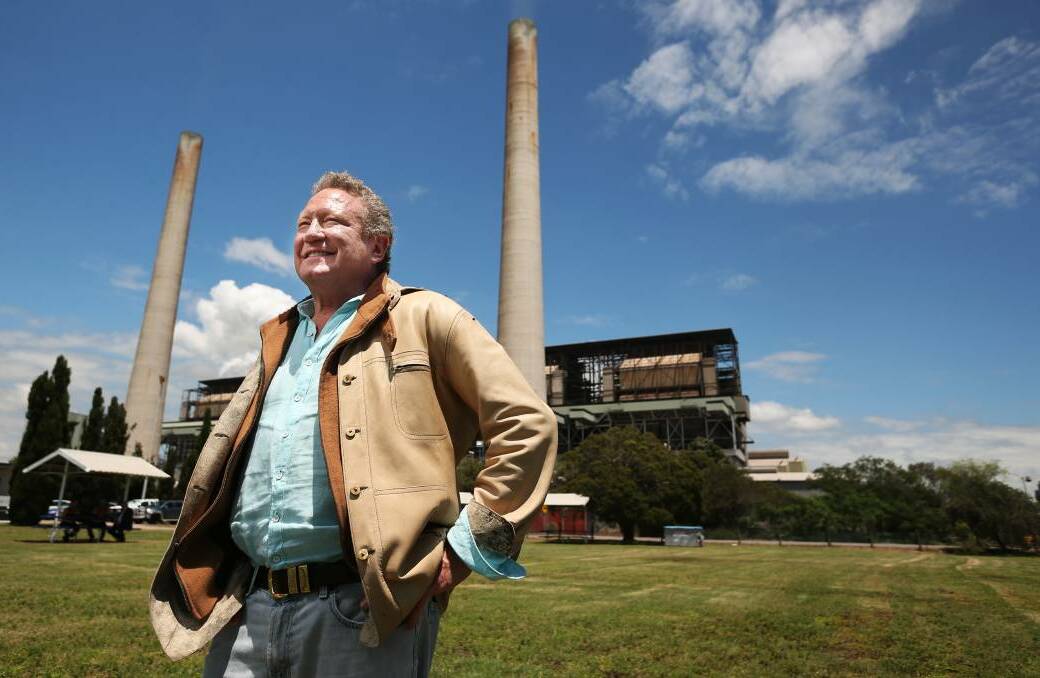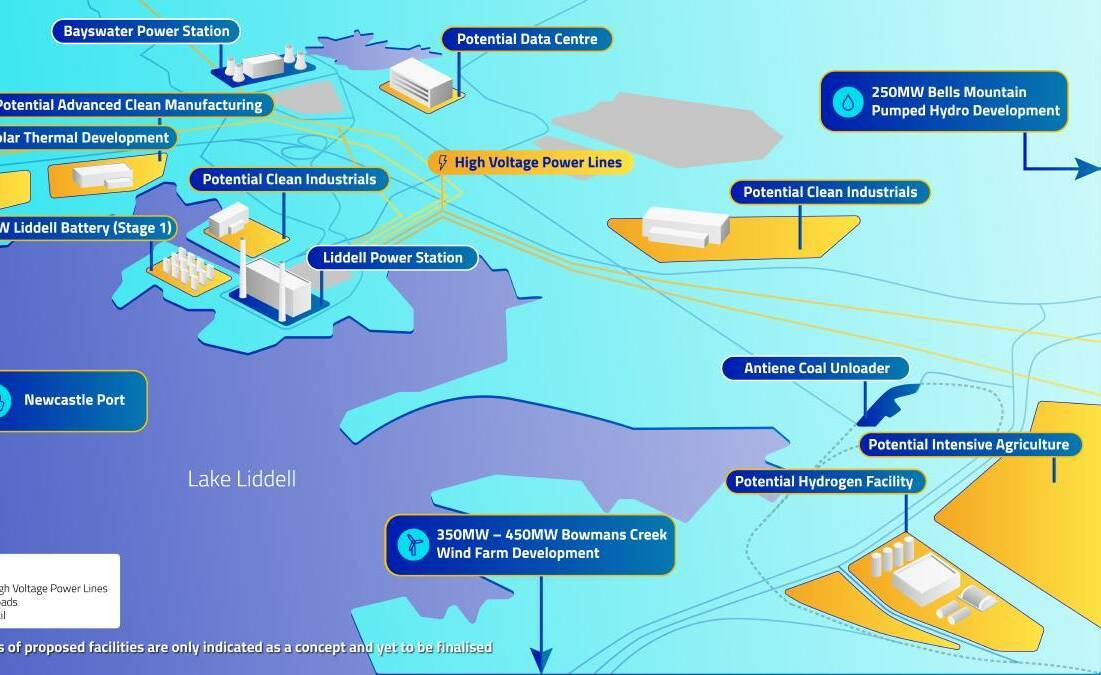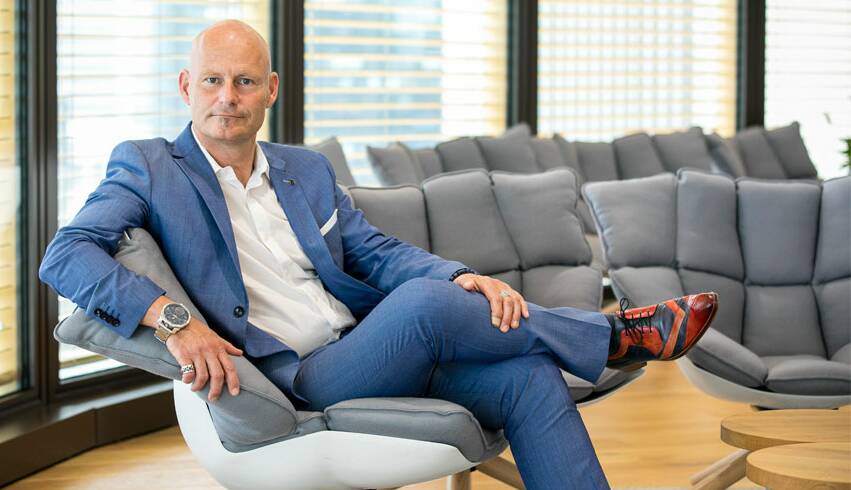
About 1000 new clean energy jobs could be created from a green hydrogen production hub on the site of Liddell Power Station, early research suggests.
The project's proponents AGL and Fortescue Future Industries announced on Tuesday they were expanding their feasibility study for project to include two of Japan's biggest energy companies - Inpex Corporation and Osaka Gas.
Australian gas pipeline giant APA Group and distributor Jemena have also been brought in as consortium partners as AGL and FFI work to complete the study by the end of 2022.

"By working hand in hand with Fortescue Future Industries, we will be supporting Australia's emerging green hydrogen industry and bringing our expertise in large-scale renewable generation to the fold," AGL chief operating officer Markus Brokhof said.
"Early estimates suggest the site can support a hydrogen facility of up to 2 gigawatt in scale, but we will also test critical inputs including renewable energy costs, firming requirements, electrolyser capital costs, logistics and utilisation."

If it proceeds the project will produce hydrogen with water drawn from Lake Liddell and power from AGL's Hunter Energy Hub for export or for use in the grid.
Speaking at the project launch last year, FFI chairman Twiggy Forrest said green hydrogen had the potential to "dwarf the size of the coal industry".
"The renewable energy future will not be where the biggest oil deposits are or where the biggest gas deposits are or the biggest coal deposits. It will be where the leadership is strongest because it is not renewable energy that is finite, that is infinite, but it is the market which is finite," he said.
The project could also be a catalyst to jobs across energy production, advanced manufacturing, recycling and the production of chemicals.
It is also located 40 kilometres north of Snowy Hydro's Hunter Energy Project, which is due to open at the end of next year to coincide with the closure of Liddell power station.
The federal government has stated that it wants the project to use green hydrogen as quickly as possible and to run on 100 per cent green hydrogen by the end of the decade.
Despite the apparent synergy, both projects they said on Tuesday that they had not considered working together.







